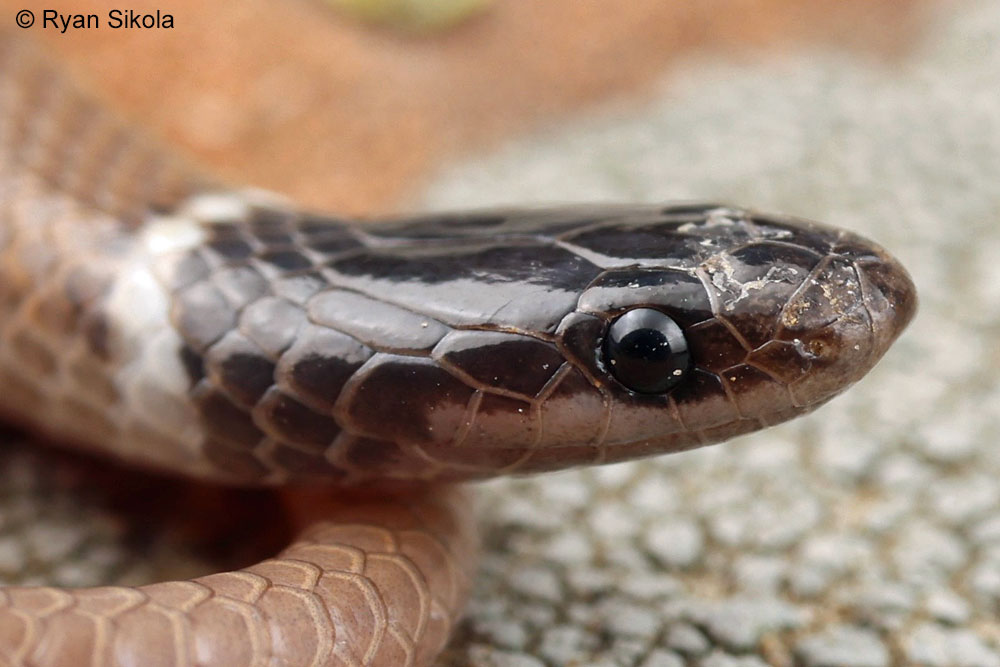Deep within the labyrinthine networks of karst landscapes, where limestone dissolves to form intricate sinkholes and caverns, dwells one of nature’s most specialized reptiles. The limestone sinkhole snake, scientifically known as Tantilla oolitica, represents an extraordinary example of evolutionary adaptation to a highly specific habitat. These remarkable creatures have developed unique physiological and behavioral traits that allow them to thrive in environments that would challenge most other snake species. As limestone landscapes face increasing threats from human development and climate change, understanding these specialized serpents becomes not just a matter of scientific curiosity, but of conservation urgency. Join us as we explore the fascinating world of these elusive limestone dwellers and discover why these specialized habitats serve as their perfect home.
The Origins of Limestone Sinkhole Habitats
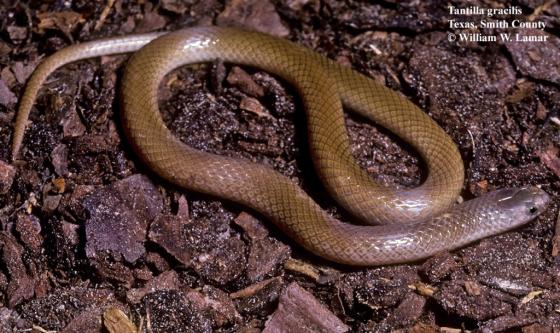
Limestone sinkholes, also known as solution sinkholes, form through a process called karstification, where slightly acidic rainwater dissolves soluble bedrock over thousands of years. This gradual dissolution creates distinctive landscapes characterized by underground drainage systems, caves, and the dramatic sinkholes that dot the surface. The creation of these habitats isn’t a rapid process—it typically requires tens of thousands of years of continuous water action slowly wearing away the calcium carbonate in the limestone. These unique geological formations are particularly common in places like Florida, the Yucatán Peninsula, and parts of the Caribbean, creating isolated pockets of habitat that have enabled specialized species to evolve. The resulting microhabitats offer remarkably stable temperature and humidity conditions compared to the surrounding environment, providing a perfect setting for specialized reptiles to evolve.
The Limestone Sinkhole Snake’s Taxonomy

The primary snake species associated with limestone sinkholes is Tantilla oolitica, commonly known as the rimrock crowned snake. This species belongs to the Colubridae family, the largest and most diverse family of snakes worldwide. Discovered and officially described in 1952, it has since been recognized as a highly specialized endemic species with a remarkably limited range. Taxonomically, it shares the genus Tantilla with approximately 60 other species, collectively known as centipede snakes due to their dietary preferences. The rimrock crowned snake is distinguished from its relatives by its specific physical adaptations to limestone environments and its extremely restricted geographic distribution. Genetic studies have revealed that these snakes likely diverged from their closest relatives relatively recently in evolutionary terms, probably during the Pleistocene period when fluctuating sea levels created isolated habitats.
Physical Characteristics of the Limestone Specialist
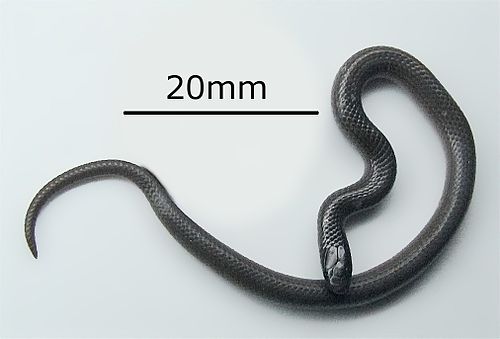
The rimrock crowned snake exhibits several physical characteristics that make it perfectly adapted to navigate the narrow crevices and rocky terrain of limestone sinkholes. These diminutive serpents typically measure just 7-9 inches (18-23 cm) in length, with a slender body rarely exceeding the diameter of a pencil. Their most distinctive feature is a dark cap-like marking on the head, which extends slightly onto the neck, contrasting with their overall light brown to pinkish-tan body coloration. Their scales are smooth and glossy, reducing friction as they move through tight spaces in rocky substrates. Perhaps most remarkable are their specialized eyes, which have adapted to the low-light conditions found within sinkhole environments, featuring larger pupils and specialized retinal cells compared to surface-dwelling relatives. This combination of physical traits creates a snake perfectly suited to its specialized limestone habitat.
Distribution and Range Limitations
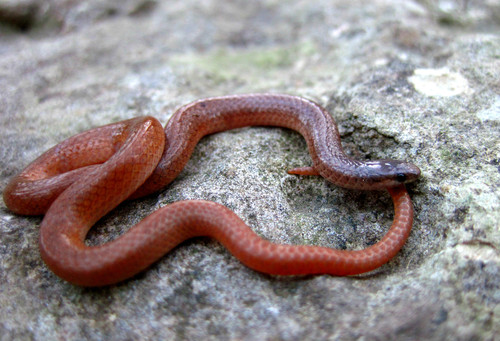
The rimrock crowned snake exhibits one of the most restricted ranges of any North American serpent, being found almost exclusively in the limestone outcroppings of Miami-Dade and Monroe counties in southern Florida. This extremely limited distribution makes it particularly vulnerable to habitat fragmentation and loss. Historical records suggest the snake once occupied a slightly larger range, but urban development has severely reduced available habitat over the past century. The species is so specialized that it cannot survive in modified or disturbed habitats, requiring intact limestone formations with appropriate crevices and vegetation. Geographic isolation has played a crucial role in the evolution of this species, with the surrounding wetlands and changing sea levels creating what ecologists call “habitat islands” where these specialized snakes could evolve in relative isolation. Recent surveys indicate that the species may now be restricted to fewer than a dozen viable populations throughout its range.
Dietary Specializations and Hunting Behavior
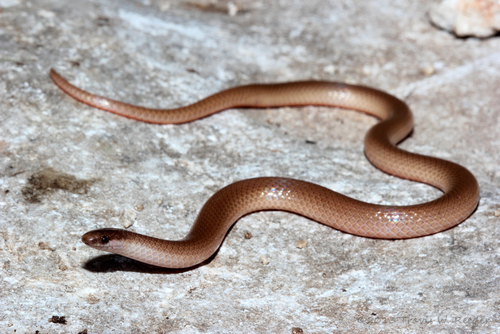
Like other members of the Tantilla genus, the rimrock crowned snake has evolved highly specialized feeding habits centered almost exclusively on centipedes and certain soft-bodied arthropods found within limestone habitats. This dietary specialization is reflected in their skull morphology, which features modifications that allow them to efficiently capture and consume their arthropod prey. When hunting, these snakes employ a fascinating technique of sliding their head under rocks and into crevices, searching for prey through a combination of chemical cues detected by their highly sensitive tongue and specialized olfactory system. Unlike many other snakes, they possess a mild venom delivered through rear fangs that helps immobilize their centipede prey, which might otherwise be difficult to subdue due to their powerful defensive capabilities. Their hunting behavior typically occurs during humid evenings when their arthropod prey is most active, allowing these snakes to remain hidden during hotter, drier daytime conditions.
Reproductive Adaptations to Limestone Environments
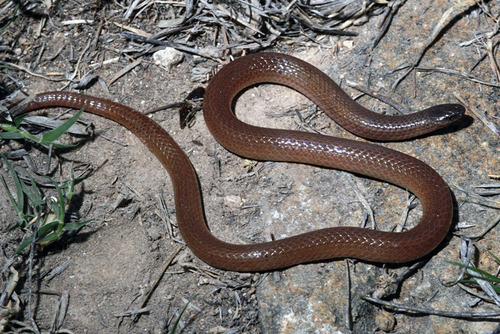
The reproductive biology of limestone sinkhole snakes represents a remarkable adaptation to their specialized habitat. Unlike many snake species that lay eggs, the rimrock crowned snake is viviparous, giving birth to live young—typically 2-4 offspring—after a gestation period of approximately three months. This reproductive strategy is particularly advantageous in their rocky habitat, where suitable egg-laying sites might be limited and temperature fluctuations could endanger developing eggs. Mating typically occurs in spring, with females storing sperm until environmental conditions are optimal for developing embryos. The young snakes are born fully formed at around 3-4 inches in length, already possessing the specialized adaptations needed to survive in their limestone habitat. Researchers have observed that reproduction appears to be timed to coincide with seasonal peaks in centipede populations, ensuring abundant food for both mother and offspring during this energetically demanding period.
Behavioral Adaptations to Sinkhole Life
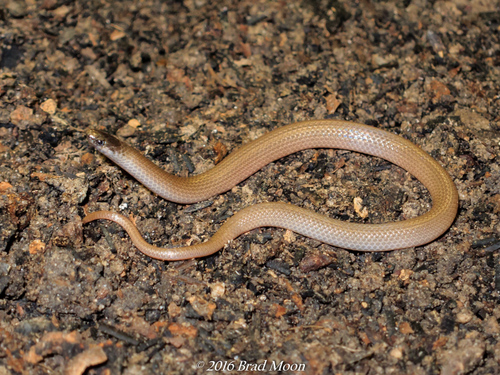
Rimrock crowned snakes have developed a suite of behavioral adaptations that enable them to thrive in the challenging limestone sinkhole environment. These snakes are primarily nocturnal, emerging from deep crevices during humid evenings when the risk of desiccation is lowest and their arthropod prey is most active. They exhibit remarkable thigmotaxis—a preference for body contact with solid surfaces—which helps them navigate through complex three-dimensional rock structures while maintaining body temperature and reducing water loss. During periods of extreme heat or drought, these specialized serpents can retreat deep into limestone cavities where humidity remains relatively constant, sometimes remaining inactive for weeks until conditions improve. Perhaps most fascinating is their spatial memory capability, with individuals demonstrating an ability to remember complex pathways through their rocky habitat, allowing them to quickly retreat to known safe havens when threatened. This behavioral flexibility represents a critical adaptation to an environment that can experience significant microclimate variations even within small areas.
The Ecological Importance of Sinkhole Snakes
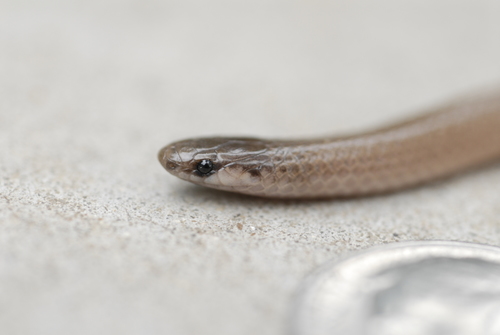
Despite their small size and elusive nature, limestone sinkhole snakes play a critical ecological role within their specialized habitat. As predators of centipedes and other arthropods, they help regulate invertebrate populations that might otherwise reach unsustainable numbers within these isolated ecosystems. Their feeding activities contribute to nutrient cycling within sinkhole environments, helping to distribute organic material throughout the system. As specialized inhabitants of a unique habitat type, these snakes also serve as indicator species, with their presence or absence providing valuable information about the overall health and integrity of limestone karst ecosystems. Additionally, these snakes themselves serve as prey for larger reptiles, birds, and small mammals, forming an important link in the food web of these specialized habitats. Their role in these ecosystems makes them not merely fascinating subjects of study but essential components of functioning sinkhole communities.
Conservation Status and Threats
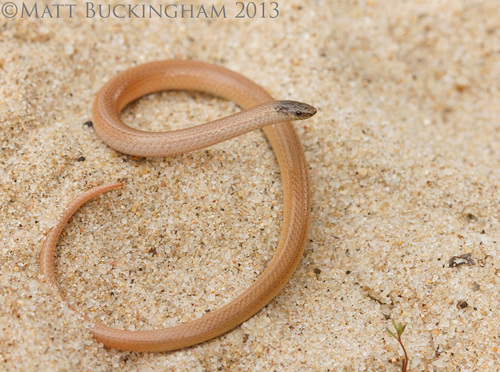
The rimrock crowned snake faces multiple existential threats that have led to its classification as endangered on the IUCN Red List and its consideration for federal protection under the Endangered Species Act. Urban development throughout south Florida has destroyed and fragmented much of its limestone habitat, with some estimates suggesting over 90% of suitable habitat has been lost or degraded over the past century. Climate change poses an additional threat, as rising sea levels may inundate the low-elevation limestone outcroppings where these snakes reside, potentially eliminating entire populations. Invasive species, particularly fire ants and non-native reptiles, compete with or prey upon these specialized snakes and their food sources. Pollution, particularly from urban runoff containing pesticides, can contaminate the sensitive limestone ecosystems and harm both the snakes and their arthropod prey. Conservation biologists consider the species to be at significant risk of extinction without targeted intervention and habitat protection measures.
Research Challenges and Knowledge Gaps
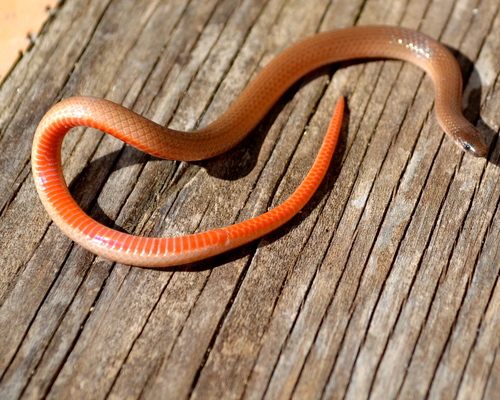
Studying the rimrock crowned snake presents significant challenges for researchers due to the serpent’s secretive nature, small size, and increasingly rare status. Basic aspects of their biology remain poorly understood, including longevity, population dynamics, and specific microhabitat requirements within limestone formations. Traditional research techniques like mark-recapture studies have proven difficult to implement due to the snake’s ability to retreat deep into inaccessible limestone crevices. Modern techniques such as environmental DNA (eDNA) sampling and miniaturized tracking technology are beginning to offer new insights but remain in developmental stages for such small reptile species. The extreme rarity of encountering these snakes means that much of our current knowledge comes from limited observations, often during development projects that unintentionally uncover specimens. These knowledge gaps significantly complicate conservation efforts, as effective protection requires a thorough understanding of the species’ biology and specific habitat requirements.
Conservation Initiatives and Protected Areas
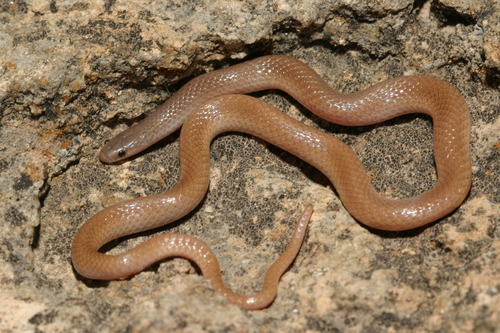
Several targeted conservation initiatives have been developed to protect the remaining populations of limestone sinkhole snakes and their specialized habitats. The Miami-Dade County Environmentally Endangered Lands Program has acquired several critical limestone outcroppings specifically to protect this species and the unique ecosystems they inhabit. Conservation organizations have worked with private landowners to establish conservation easements on properties containing suitable limestone habitat, providing tax incentives for preservation rather than development. Herpetologists have established captive assurance colonies at several specialized facilities, though breeding success has been limited due to the challenges of replicating their specialized habitat requirements. Public education campaigns aimed at local residents have helped raise awareness about these unique snakes and the importance of preserving the remaining limestone habitats in heavily urbanized south Florida. Despite these efforts, conservationists acknowledge that without significantly expanded habitat protection, the long-term survival of this specialized species remains uncertain.
Similar Specialized Limestone Snake Species Worldwide
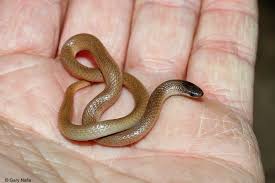
While the rimrock crowned snake represents a prime example of limestone habitat specialization, similar adaptations have evolved independently in snake species around the world. The limestone karst rat snake (Orthriophis taeniurus ridleyi) of Southeast Asia has developed specialized climbing adaptations to navigate the vertical limestone formations of its habitat. In Europe, the Javelin Sand Boa (Eryx jaculus) has evolved to navigate the crevices of limestone landscapes across the Mediterranean region. The Mexican limestone rat snake (Pseudelaphe flavirufa) exhibits remarkable adaptations for hunting in the complex cenotes and limestone formations of the Yucatán Peninsula. These parallel adaptations across geographically distant species demonstrate a fascinating example of convergent evolution, where similar environmental pressures have produced comparable specializations in unrelated snake species. The study of these limestone specialists provides valuable insights into how reptiles adapt to challenging habitats and the importance of preserving these unique ecological niches worldwide.
The Future of Limestone Sinkhole Snakes

The future of limestone sinkhole snakes hinges on our ability to protect their increasingly rare habitat and address the multifaceted threats they face. Climate modeling suggests that without significant intervention, sea-level rise could inundate much of their remaining habitat within the next century, potentially driving the species to extinction. Conservation biologists are exploring innovative approaches, including the controversial concept of assisted migration to higher-elevation limestone outcroppings, though such measures bring their own ecological risks and ethical considerations. Advanced genomic techniques are being employed to assess genetic diversity within remaining populations, which will inform potential captive breeding programs designed to maintain genetic viability. Organizations focused on karst conservation have begun integrating the protection of these specialized snakes into broader limestone ecosystem management plans, recognizing that preserving entire functional habitats offers the best hope for their survival. The fate of these remarkable habitat specialists may ultimately serve as an indicator of our society’s commitment to preserving not just charismatic megafauna, but the full diversity of specialized life forms that have evolved in Earth’s unique environments.
Conclusion
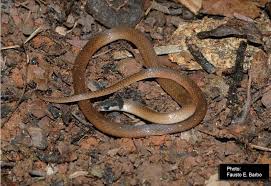
The limestone sinkhole snake stands as a remarkable testament to the power of evolutionary adaptation, having developed highly specialized traits that allow it to thrive in one of nature’s most unique habitats. From its miniature size and specialized diet to its reproductive strategies and behavioral adaptations, every aspect of this serpent’s biology reflects millions of years of fine-tuning to its limestone home. Yet as human development continues to encroach on these ancient habitats and climate change threatens to transform them, the future of these specialized reptiles remains precarious. Their story reminds us that conservation isn’t just about saving the large, charismatic species that capture public attention, but also about preserving the countless specialized organisms that have evolved to fill specific ecological niches. The limestone sinkhole snake, despite its diminutive size and secretive nature, represents an irreplaceable component of biodiversity—a living example of nature’s remarkable capacity for specialization that, once lost, can never be recovered.

